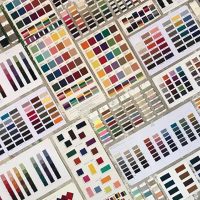AFRAM: when jeans is art
AFRAN: when jeans is art
Textures, n. 021, June 2020
Renata Pompas
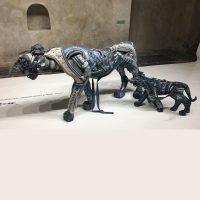
AFRAN: when jeans is art
Textures, n. 021, June 2020
Renata Pompas
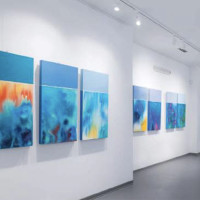
The joy of color. Foamy bright chromatic coatings
catalogue of the Maria Cristiana Fioretti exhibition.
https://www.color-and-colors.it/wp-content/uploads/2020/04/La-goia-del-colore-The-joy-of-colour.pdf
Renata Pompas (April 2020)
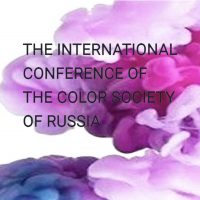
Colors books
Speakers at The International Conference of The Color Society of Russia. December 2020
http://www.rucolor2020.ru/EN
Lia Luzzatto, Renata Pompas
https://youtu.be/9mThL4LOukQ
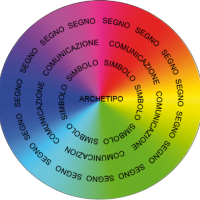
Today, consumers are offered the possibility of personalizing their purchases with the choice of colors. Color is a rich and complex element that defines identity, communicates, expresses, influences, excites. The three courses show the perceptive, symbolic, emotional, aesthetic and communicative rules of colors.
Each chromatic proposal starts from the creation of an ordered and coherent set of colors that must respond to perceptive and aesthetic rules of balancing the shades. The course leads students to design a palette of 30 colors, applicable to any visual project, with a structured and not random method.
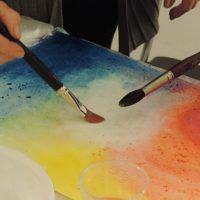
Each person reacts with liking or disliking to different colors, the course aims to bring members to experience the deeper meaning through a pictorial experience of immersion in color, with watercolor strokes that do not require any artistic commitment. Through their own reactions, participants will be able to discover aspects of their own personality and the main communicative, psychological and social aspects of colors.
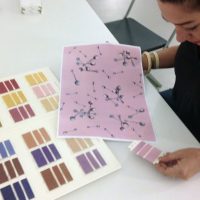
Color variants are chromatic variations applied to a project in order to offer the consumer a wide range of personalized choices. The course leads participants to create numerous variations, all different, with a structured and non-random method that allows for the development of multiple thematic proposals.
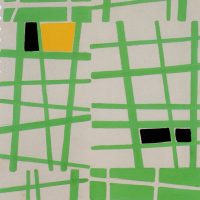
Today the textile market is characterized by a wealth and complexity of patterned fabric collections and color offerings. The course prepares students through various didactic steps to be autonomous in the creation of professional projects for printed fabrics and to develop creativity and design skills.
To design means to plan the operations to be carried out in order to realize the inventions.
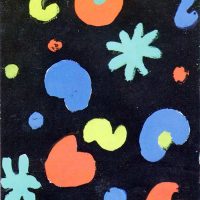
Vittorio Fagone wrote: The merit of Renata Pompas is to have delineated a field of practical operativity and of productive reflection on Textile Design (…) leading them back to a unitary framework of project methodology, of extensions of Gestalt and of theories of visual perception, in addition to the sophisticated acquisitions of chromatological disciplines and information technology.
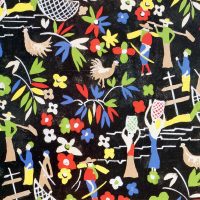
In Textile Design the compositional modules are repeated many times and this specificity characterizes and limits the ideational and executive process, unique in its kind.
